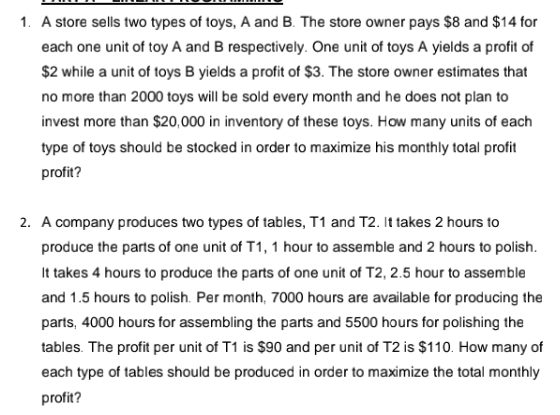
AllQuestion and Answers: Page 1247
Question Number 90923 Answers: 1 Comments: 1

Question Number 90918 Answers: 0 Comments: 1
Question Number 90916 Answers: 0 Comments: 0

Question Number 90914 Answers: 0 Comments: 2

Question Number 90911 Answers: 0 Comments: 3

Question Number 90886 Answers: 1 Comments: 0
$$\frac{{dy}}{{dx}}\:−\frac{\mathrm{4}{y}}{{x}}\:=\:\mathrm{1}+\frac{\mathrm{2}}{{x}} \\ $$
Question Number 90881 Answers: 2 Comments: 6
Question Number 90876 Answers: 0 Comments: 2
Question Number 90904 Answers: 1 Comments: 1

Question Number 90851 Answers: 1 Comments: 0
Question Number 90842 Answers: 3 Comments: 4
Question Number 90863 Answers: 2 Comments: 0
$$\frac{{dy}}{{dx}}−{a}\left(\frac{{y}}{{x}}\right)=\mathrm{1}+\frac{\mathrm{1}}{{x}} \\ $$
Question Number 91004 Answers: 0 Comments: 3
$$\int\:\mathrm{tan}\:\left({arc}\:\mathrm{sin}\:{x}\right)\:{dx} \\ $$
Question Number 90819 Answers: 2 Comments: 2

Question Number 90812 Answers: 0 Comments: 0

Question Number 90810 Answers: 1 Comments: 2
Question Number 90806 Answers: 0 Comments: 1
Question Number 90803 Answers: 0 Comments: 0
Question Number 90802 Answers: 0 Comments: 2
Question Number 90801 Answers: 0 Comments: 3
Question Number 90796 Answers: 2 Comments: 3
Question Number 90793 Answers: 1 Comments: 4
Question Number 90788 Answers: 0 Comments: 1
Question Number 90787 Answers: 1 Comments: 3
Question Number 90784 Answers: 0 Comments: 2
Question Number 90783 Answers: 0 Comments: 1
$${can}\:{inflection}\:{point}\: \\ $$$${be}\:{a}\:{max}\:{or}\:{min}\:?\: \\ $$
Pg 1242 Pg 1243 Pg 1244 Pg 1245 Pg 1246 Pg 1247 Pg 1248 Pg 1249 Pg 1250 Pg 1251
